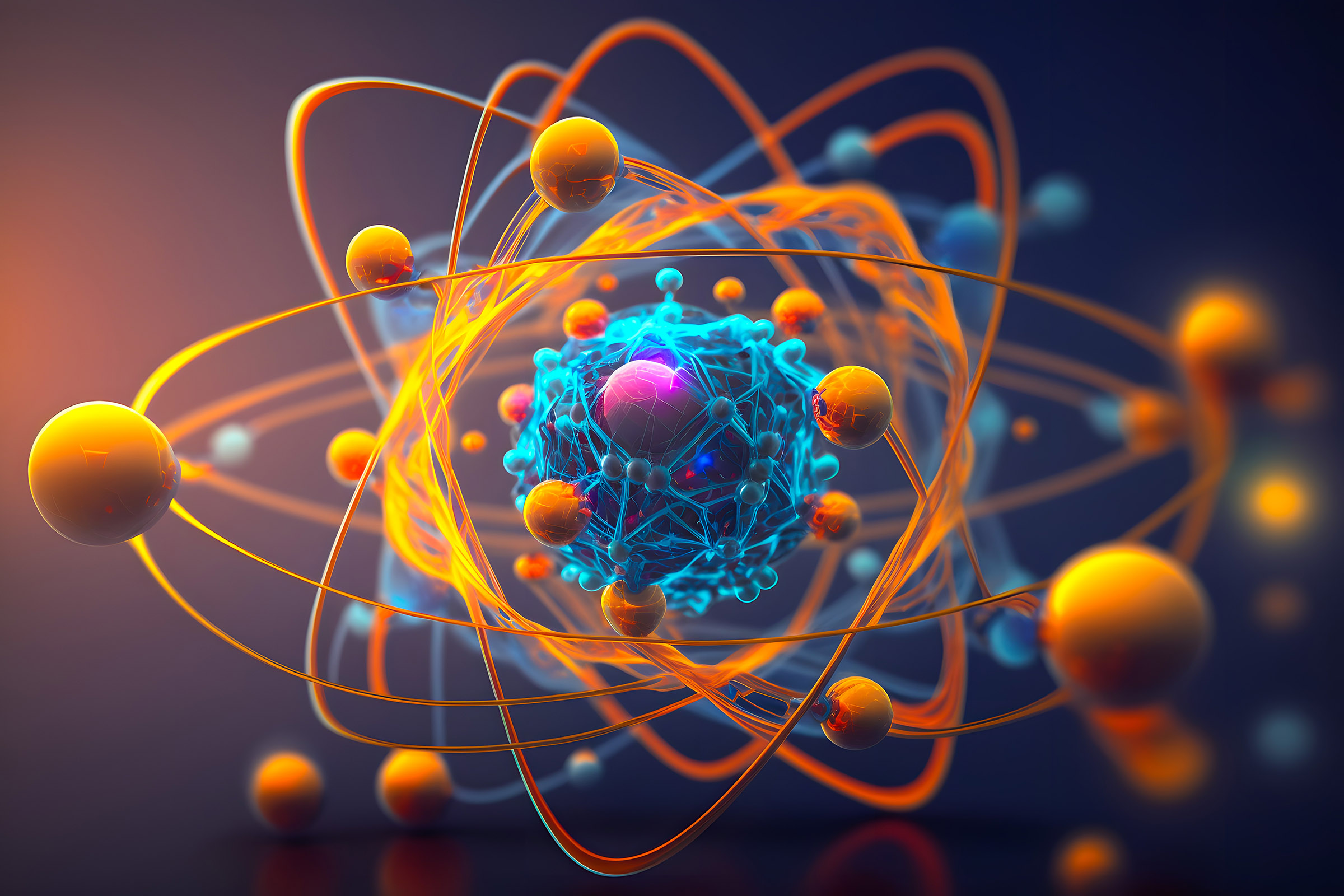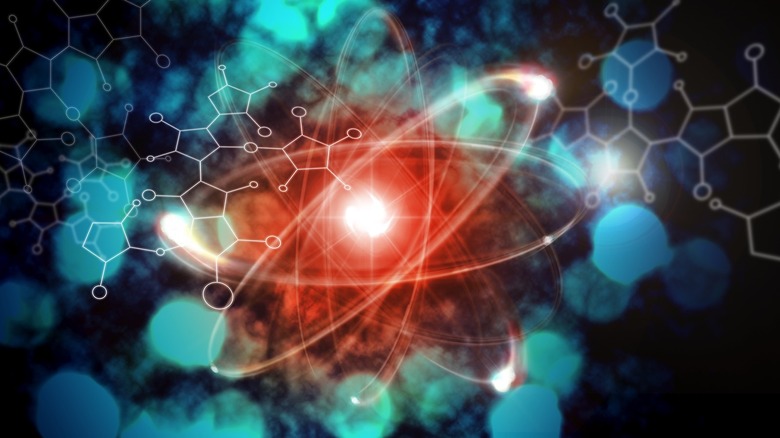Scientists Created The World's First Engine Powered By Quantum Entanglement Instead Of Gas Or Oil
The term "quantum" has become synonymous with cutting-edge technology. Among the latest innovations are quantum engines—machines that harness the strange principles of quantum mechanics to generate motion. And now researchers have created a quantum engine unlike anything else we've ever seen.
Researchers are exploring different ways to create these engines, too. Some scientists developed a model powered by the interplay between fermions and Bose-Einstein condensates. Instead of relying on heat, this engine used the quantum properties of particles to achieve an efficiency of 25 percent—a promising start for an emerging technology like this.
More recently, a team from the Chinese Academy of Sciences unveiled another breakthrough: a quantum engine powered fully by entanglement. Entanglement is often described as the hallmark of quantum mechanics. It occurs when particles become so interconnected that the state of one instantaneously affects the other, no matter how far apart they are. Some have even used it to suggest time is an illusion.

Using calcium atoms trapped in an ion cage, the researchers designed an engine that transitions particles into highly entangled states during its operation. The process is similar to that of a four-stroke engine and begins when ions absorb photons from a laser, causing them to expand.
They are then coupled with a quantum load, compressed, and prepared for the next cycle. By precisely tuning the laser's properties, the team was able to achieve this transformation with remarkable precision, demonstrating that entanglement can be a viable source of energy for quantum engines.
Of course, getting these engines to work in real-world conditions isn't easy. Quantum engines require extreme conditions, like operating at temperatures near absolute zero. But the implications here are exciting. As the technology matures, quantum engines could power next-generation quantum computers.
